This is a very belated sequel to Brian Michael Bendis' Fortune and Glory, which was originally published as a three-part miniseries from Oni Press in 1999, before being collected into a trade by first Oni, then Dark Horse and, most recently, DC.
It was a comedic memoir about the then still up-and-coming comics writer's attempts to pitch his early Caliber and Image crime comics like AKA Goldfish, Jinx and Torso in Hollywood as works ripe for adaptation. It was then and remains now a real outlier in Bendis' bibliography.
For one, it was written and drawn by Bendis, who trained as an artist and drew all of his own early work, before transitioning to writing superhero comics. Despite the thousands of pages he's written for Marvel over the past 25 years and his long ago reaching the point where he could seemingly do whatever he wanted for the publisher, he's never drawn anything for them, not even as a one-off or a gag, a short story or cover or pin-up, or just something to allow him to say he's drawn for Marvel, which I always found a little perplexing (Honestly, while it's been a long, long time since I've read anything he's drawn, I don't think his art is that much worse than that of some of his frequent collaborators over the years).
While I had read Bendis' original Fortune and Glory via the Oni trade around 2000 or so, now, 25 years later, I remember almost nothing about its specifics, only that 1) it was drawn in Bendis' loose, more cartoony style that I wasn't necessarily a fan of (I grew up in Ashtabula, Ohio, about 60 miles from Bendis' hometown of Cleveland, and my family subscribed to the Plain Dealer, so I knew his name and work from his early 1990s attempts to get comics content into the paper), 2) I liked it and 3) it included a dirty joke reference to Marc Andreyko on a faux comics cover that was the first time I saw that particular name, and which I still think of whenever I hear Andreyko's name, which I suppose neither Andreyko nor Bendis would want to be the case.
After reading Fortune & Glory: The Musical, I did check out the original from the library (this one the 2023 Dark Horse version), thinking maybe I should re-read it before writing about the new one. I flipped through it, though, saw all those weird, intrusive, slightly mechanical-looking, branching "trees" of dialogue balloons that I had become familiar with from Bendis' later Avengers writing, and told myself "I'm not reading all that." (Though quite wordy, which Bendis himself notes in an aside, The Musical seems less so than the original Fortune and Glory; flipping through both now, it seems the original was much more dialogue heavy, while a lot of The Musical's verbiage comes in narration boxes. Both seem good examples of something that seems true of much of Bendis' body of work—that he might be more comfortable writing these particular stories in either prose or film, rather than comics.)
Although the cover of The Musical seems quite similar to that of the collection of the original, complete with Bendis' own comics avatar on it (an avatar which seems quite thinner than the real Bendis; note that tiny neck supporting the round head, giving his bust the look of a Dum-Dum sucker), the interior is fairly different.
Most obviously, The Musical is not drawn by Bendis himself, perhaps because, so much busier and more successful as a writer this decade than in the late '90s, he just didn't have time to draw an original graphic memoir. Or perhaps because drawing comics is really, really hard work, and he was long past the point in his career where he needed to do that (In a kind of crushing, even heart-breaking scene in The Musical, we see Bendis taking a call from Joe Quesada, who clarifies that he wants Bendis to write a Daredevil fill-in for him, rather than draw anything for Marvel; "I, uh, thought your art was just in service of your writing," Quesada's voice says from the phone, "You know your artwork is not that good, right?").
Instead, The Musical is drawn by Bill Walko, a cartoonist who, according to the Grand Comics Database, has some indie comics to his name, as well as some covers for Archie and a short collaboration with Bendis that appeared in the writer's Pearl #5 (You can see a ton of Walko's art and more closely scrutinize his credits here).
Walko's style is quite different from that of Bendis. He has a cleaner, smoother line, and the work looks a bit more finished and professional, if somewhat less personal. The format of the two Fortune books is pretty similar though, which makes me wonder if Bendis wrote in thumbnails, or laid the book out in his script.
In a flip-through, the books look fairly similar, although, as I said, while both are extremely wordy, to the detriment of their flow, The Musical looks less tediously so. (Though Bendis is obviously the star and the draw here, it seems unfortunate to me how little Walko's name is on the cover of The Musical; appearing a small fraction of the size of Bendis' own name and running in a strip beneath it along with those of the colorist and letterer.)
The sub-title of The Musical, appearing in a dialogue balloon being "spoken" by the Bendis avatar, is "A True Spider-Man Broadway Musical Debacle," and that seems to be the hook of the book, letting readers in on what went on behind-the-scenes of Spider-Man: Turn Off the Dark, the notorious 2011 stage adaptation by Julie Taymor with music by U2's Bono and The Edge and elaborate stage stunts that became infamous for injuring performers.
Though that is the book's hook, if one really wants to read more about the production, they might be better off with Glen Berger's Song of Spider-Man: The Inside Story of the Most Controversial Musical in Broadway History (Simon and Schuster; 2013), which Bendis recommends near the end of his graphic memoir. Berger, a playwright, is one of the three people credited with the final play's "book", along with Taymor herself and Roberto Aguirre-Sacasa, who seems to have ended up being the involved "comics" person (Aguirre-Sacasa had a background in both theater and comics, and was probably therefore a better fit for the project than Bendis ever was, which I think Bendis himself would probably agree with, given the disinterest in musicals he admits to in this book).
That is because it turns out Bendis' own involvement in Turn Off the Dark was quite limited.
He was apparently the second writer brought on to help develop the project (circa 2004, a few years into his career-making stint on Ultimate Spider-Man), and his involvement was limited to a single face-to-face meeting with Taymor in LA and a couple of phone calls...one of which went badly enough from Bendis' perspective that he quit during it.
During that call, Taymor yelled at him as he was pitching his story, as it ignored a controversial change to the bitten-by-a-radioactive-spider origin she wanted to make, a change that may have inadvertently been inspired by a scene Bendis wrote in Ultimate Spider-Man. He responded by insulting her, replying to a few panels of shouted No!'s, profanity and a "I don't even know what you're about!!" with, "Well, maybe it's because you haven't' stopped talking at me since we met."
That said, he says he did quite a lot of work for the project, researching Taymor and musicals enough to appear conversant (In one scene, he buys a thousand dollars' worth of Broadway musicals at a Portland Barnes & Noble) and putting together his pitch. The latter doesn't necessarily translate into much in terms of the page-count of the book, as, well, the act of writing doesn't exactly lend itself to dramatization in a comic book.
So, given how little of Bendis working on Turn Off The Dark is in The Musical, what is in it?
Well, the book is more of a biography of Bendis than it is a show business tell-all, with the working on the play aspect simply used as a framing device. The book opens one
morningafternoon when Bendis awakes to suspiciously numerous and urgent phone calls, emails and instant messages telling him to call Avi Arad, and it ends with Bendis, Matt Fraction and other Marvel creators seeing the final show, a surprise that Marvel had arranged for them all after a conference in New York City (A neat, three-panel sequence on a double-page splash shows Bendis and a handful of Marvel editors and creators, all white dudes, in what looks like a small workplace break room, and then expanding to bigger, more diverse crowds in increasingly bigger and nicer looking rooms, each punctuated by a pitch for a different big Marvel event that will be familiar to readers).
The actual story of The Musical is a sort of creative biography of Bendis, starting with a young boy in Cleveland obsessed with superhero comics, deciding to become a person who makes comic books*, embarking on a life-long quest to teach himself how to draw comics (a much more difficult quest in the 1980s and '90s than it would have been a few decades later!), attending the Cleveland Institute of Art, hustling to make ends meet as an artist while pitching comics, getting published with Caliber, starting his career in indie crime comics, befriending artist David Mack and, ultimately, eventually, breaking into Marvel, where he became about as big a star as direct market super-comics produces.
Some of it is fairly inside baseball for superhero comics readers and industry watchers (It's certainly a lot of fun seeing a very young Bendis encounter John Totleben, Walt Simonson and Gil Kane, the latter of whom has a fun, funny reaction when someone asks him what he thinks of Frank Miller's Ronin), and later meeting and working with the celebrities of the comics world, like Quesada and the previously mentioned Fraction (Some of whom aren't named, but you can try to match Walko's drawings of them at meetings to pictures you've seen).
But much of it will be compelling to anyone interested in comics at all, especially the passages devoted to Bendis' "secret origin", which reveals just how damn hard he worked before becoming successful, essentially learning everything to know about comics, including how to draw, make, publish and sell the damn things before becoming an indie success, and then, later, a mainstream success.
And, briefly, almost a potential Broadway success.
Honestly, the biographical aspects are interesting enough that the book could have worked without the Turn Off the Dark connection. Sure, that stuff is all interesting, but these scenes seem here somewhat unnecessary, and they might have made for a chapter in Bendis' overall biography, rather than the foundation upon which he built it here (If Fortune and Glory were an ongoing series, for example, the Turn Off The Dark stuff might have made a single issue, or, given the way Bendis writes, perhaps a story arc).
As is so often the case with Bendis' comics writing, especially that of the last 20 years or so, I wondered while reading this if it wouldn't have been better served as a prose book than a comic book. If you asked me what makes for the very best comics, I would tell you they are stories that could only be told in comics, and, by that measure, for all of the comics Bendis has created in his long, successful career, a great deal of which I've read and many of which I've quite liked, I don't think he's ever produced any comics that quite meet that particular criteria.**
I don't know if he'll ever achieve the sort of breakthrough, mainstream, non-comics pop culture success that the two Fortune and Glory books have been devoted to his attempts at (either on Broadway or much, more likely, in Hollywood), but, having conquered the comic book industry and lived and experienced it from so many angles now, I think these books prove that his biography is a compelling one, full of fun and funny stories. He therefore must have a hell of a (prose) book in him, whenever he's ready to write it.
After all, he happened to work for Marvel from the period in which they seemed to be at their nadir to the heights of their Marvel Cinematic Universe-fueled cultural relevance, and that's a bigger, better, grabbier hook than making a pitch for an infamous Broadway musical.
I just hope that, when he sits down to write that particular story, he does it in prose, and produces an honest-to-God autobiography, rather than another graphic memoir (or two, or six).
After all, how much harder can writing a prose autobiography be than writing the book for a Broadway musical...?
*At age six, he announces to his family, "I just wanted to let you all know that I will be artist of Spider-Man"; this is why I find it kinda crazy that Quesada or whoever never had Bendis draw a pin-up or gag strip in the back of an oversized Spider-Man anniversary issue, actualizing the man's childhood dreams.
**That said, it's been a rather long while since I've followed Bendis' career super-closely. I think Batman Universe was the last thing of his that I really liked, and, if you've been reading EDILW for very long, you know the site is littered with posts expressing disappointment and frustration with Bendis-written comics that I don't think really worked, like Age of Ultron and Siege and Event Leviathan. If you have suggestions of great Bendis-written comics that meet that could-have-only-been-a-comic criteria, do let me know.




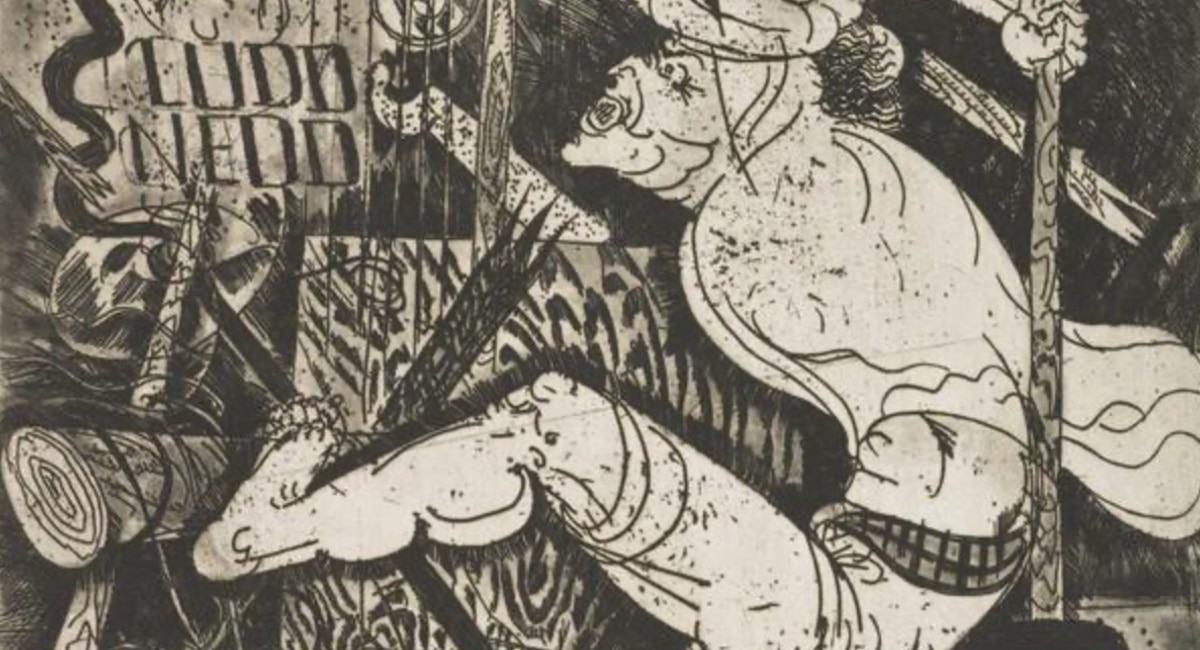

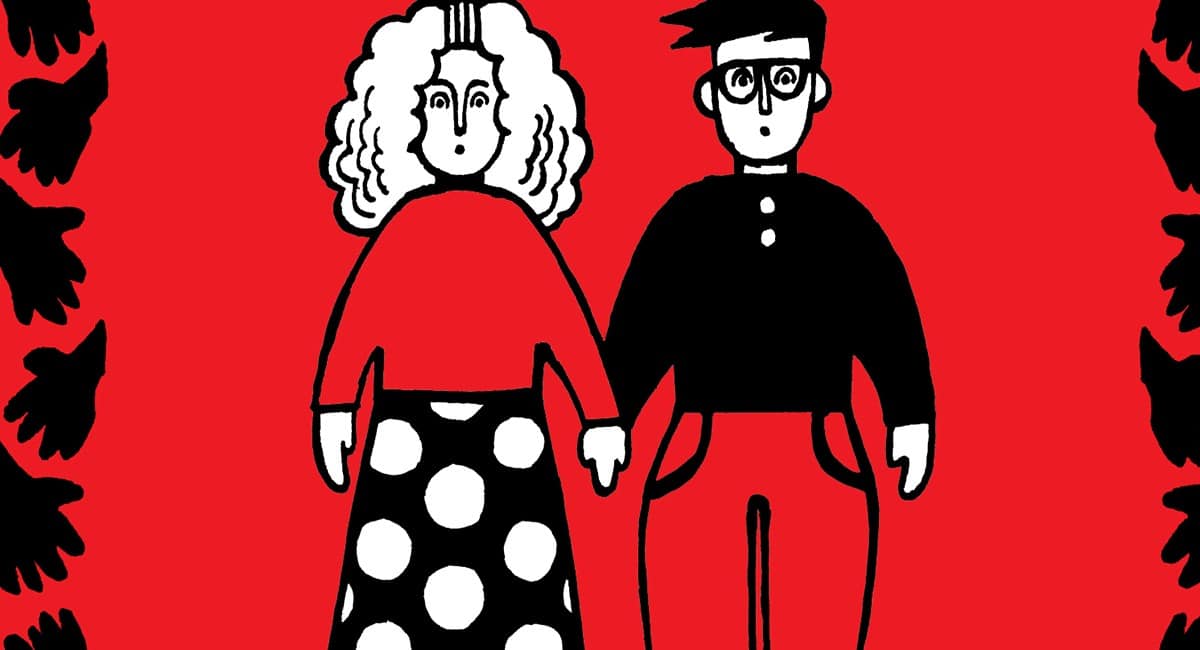






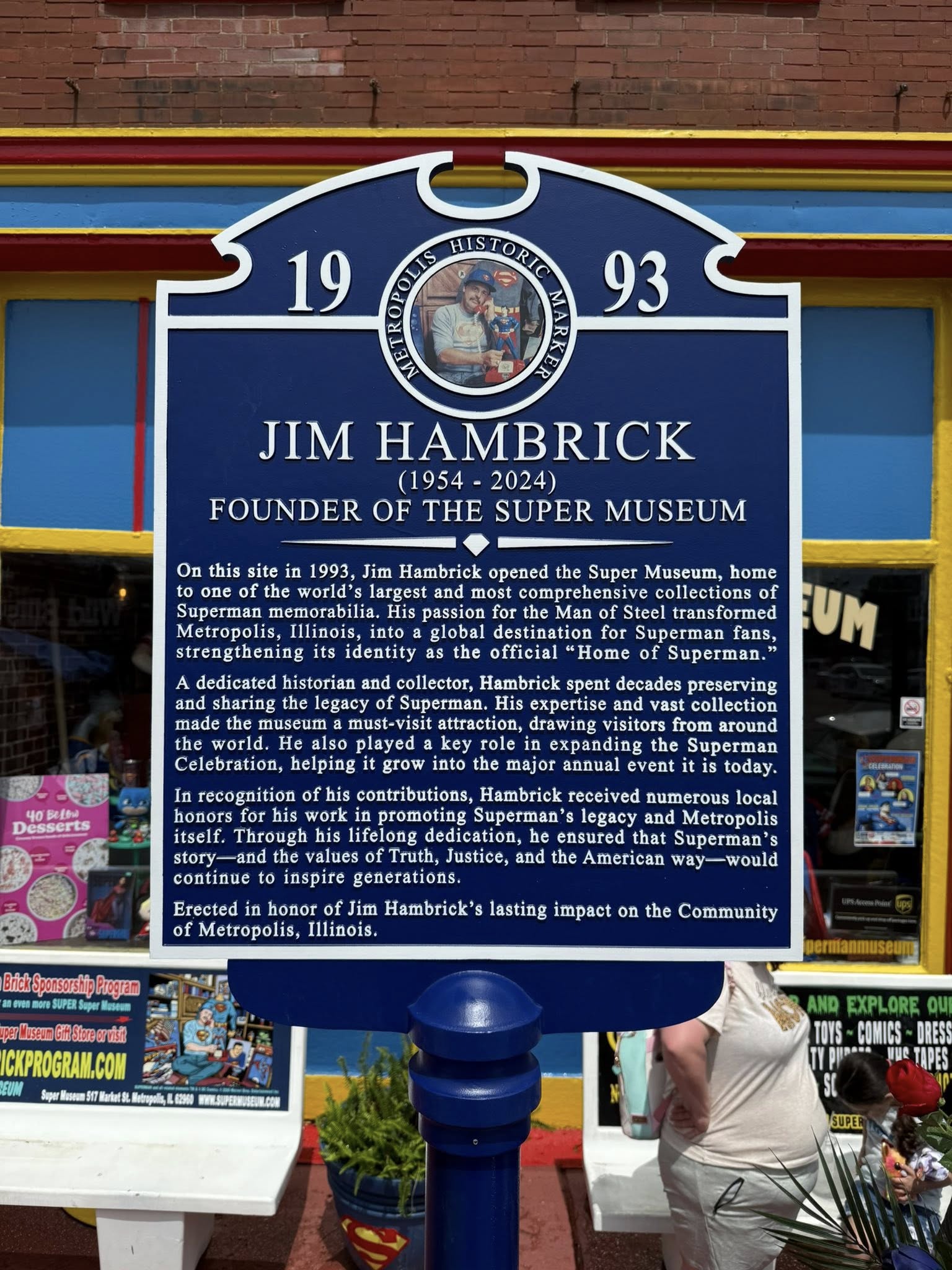



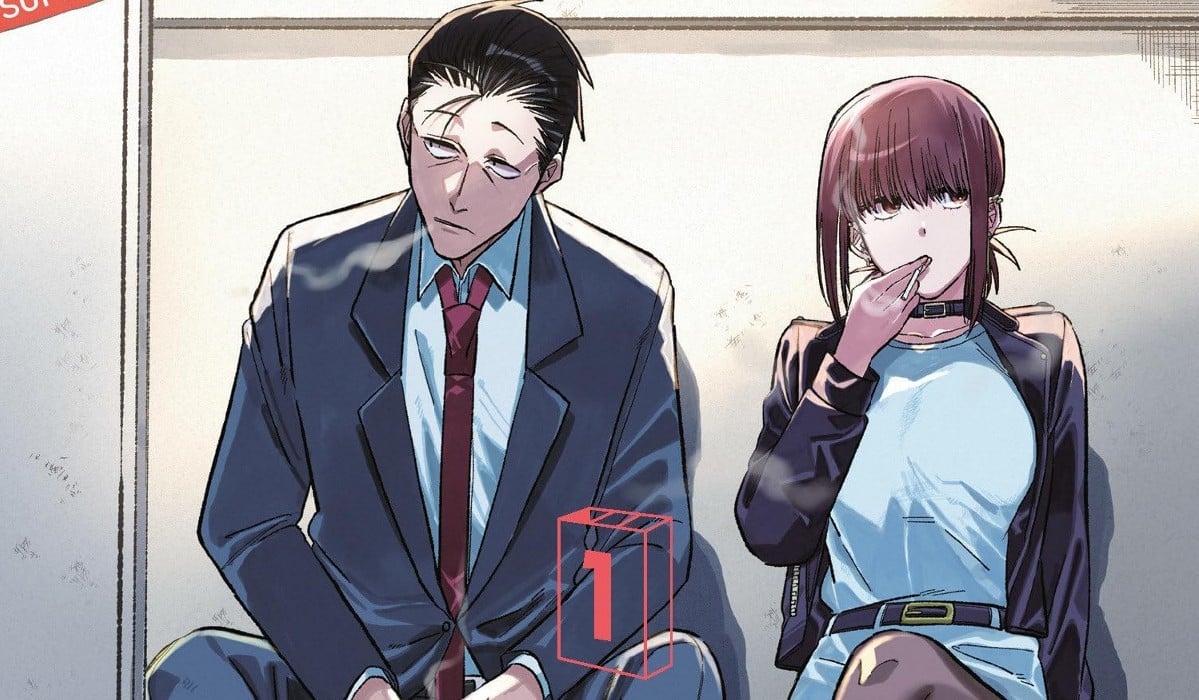
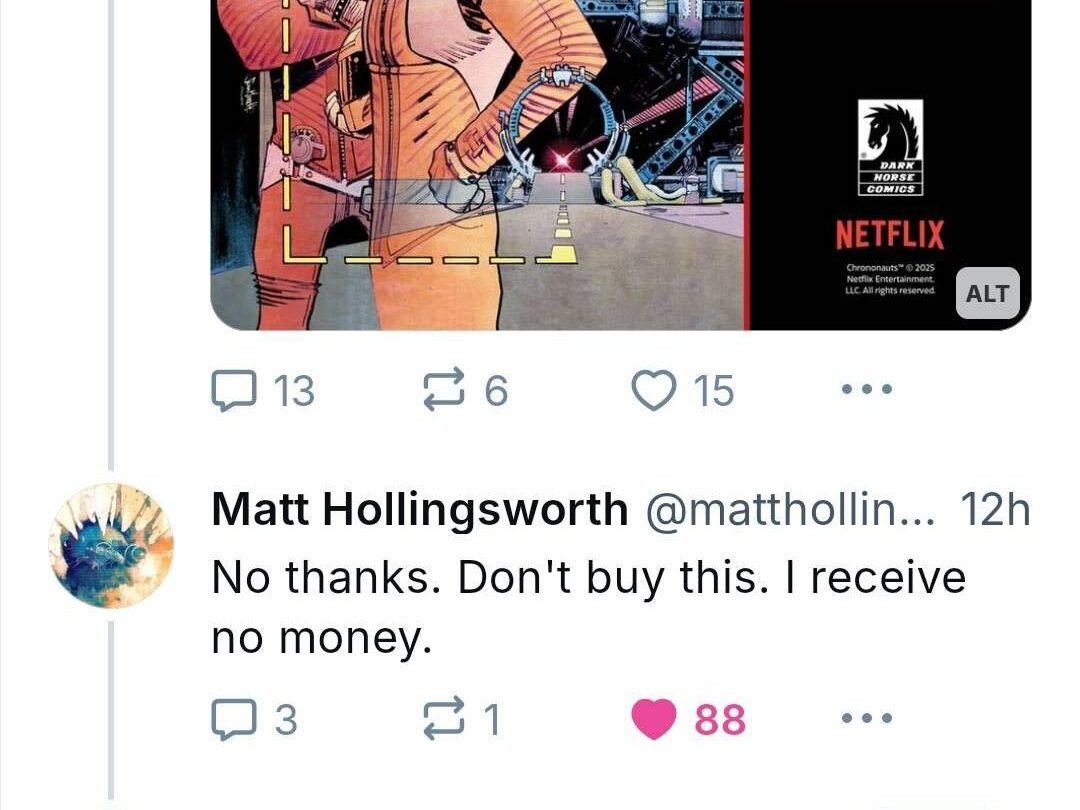

 English (US) ·
English (US) ·